Selecting a 60 mil pool liner (membrane) is an important consideration when replacing a deteriorating liner or when building a new pool. Many factors must be taken into account. In the future operation of the pool, these factors will have a significant impact on the appearance, safety, service life, and operating costs. At first glance, the process of choosing the best pool liner may seem very complicated. But it is not. You will only need to decide on the:
Below are some tips that can help you make your choice.
We’ll Help Pick Your Pool Liner
What the color of the liner affects
First and foremost, the color of the liner affects the appearance of the pool. It affects how the pool will be perceived against the backdrop of the house, backyard, or lawn where it will be located. For a harmonious perception of the pool, its liner can match the color scheme of the surrounding environment. But this is not a general rule. Sometimes, on the contrary, playing on contrasts causes brighter and more positive emotions. Let’s consider a few popular trends.
Blue is one of the popular colors. It has several shades. Each of them has its own pros. Check some of them out!
Dark colors of membrane
- Dark liners absorb heat, which can help warm the water faster, making it more comfortable for swimming
- Aesthetic appeal
- Dark colors are able to hide imperfections and tend to hide dirt, and imperfections better than lighter liners, making maintenance appear easier
- Water clarity
- Reduced algae growth
- Less glare
Below are examples of the most modern dark liners.
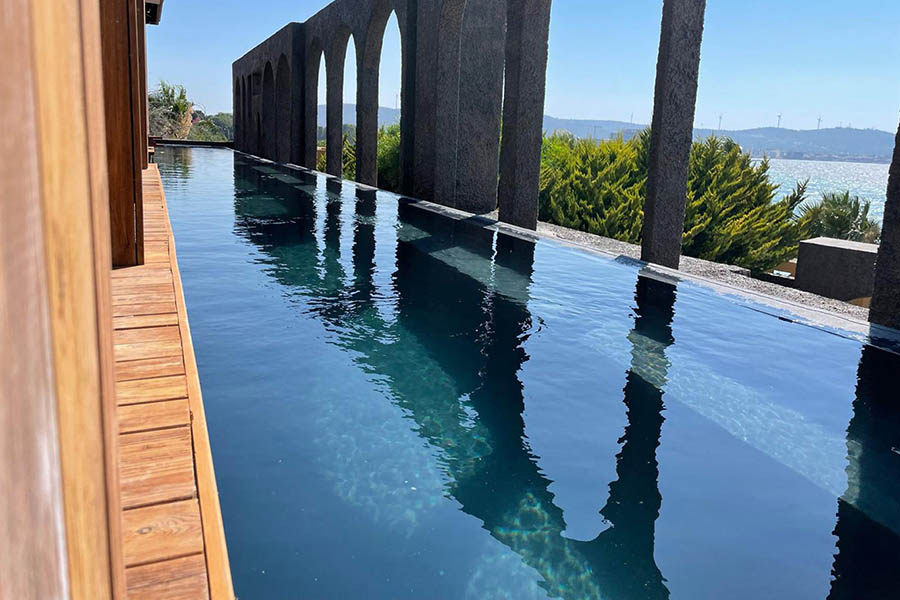
Light colors of membrane
- Light pool membrane colors reflect sunlight, which can help keep the water temperature lower—ideal for those who prefer cooler swimming conditions.
- Bright aesthetic
- Traditional appeal
- Reflective properties
- Easier to match with various poolside decor and landscaping.
Below are examples of the most modern light liners.
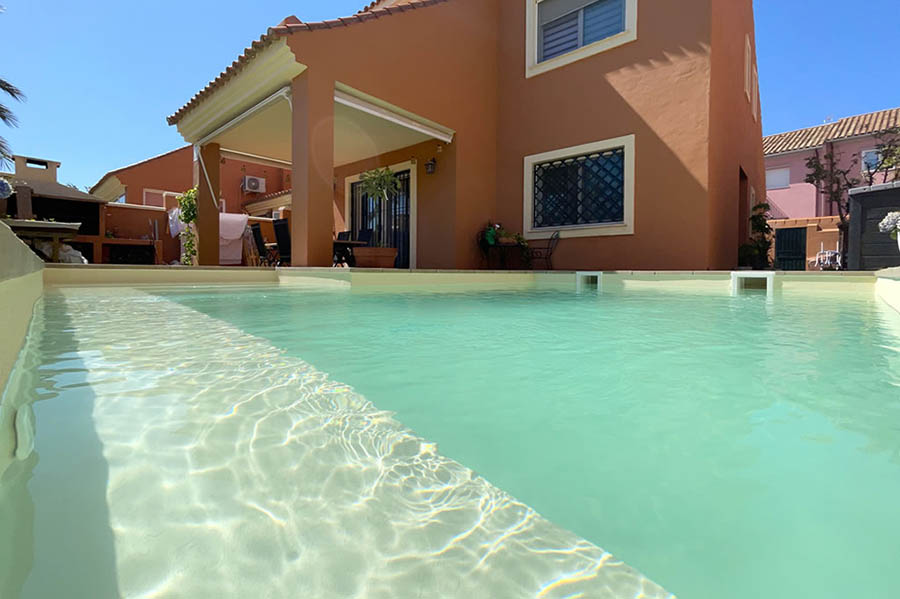
The medium tone liners
The medium tone liners combine all the advantages of the two previous ones. In addition, the blue color of medium saturation is close to the color of the sea wave. This will give the pool a natural look. You can view all the colors of our pool liners on the page:
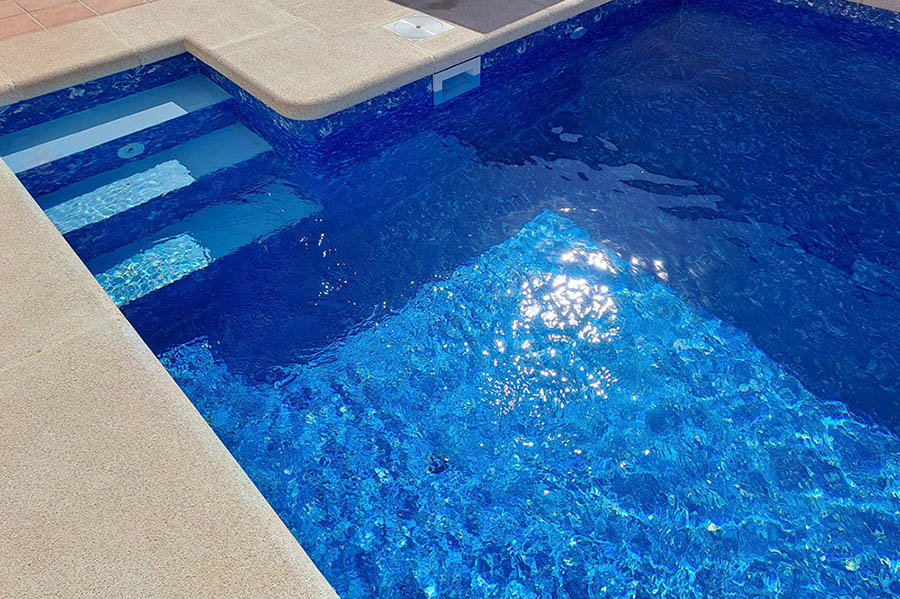
Texture features of the pool membrane
Our PVC reinforced liners can be completely smooth or have texture. Texture is obtained through embossing in the vinyl. As a result, such a liner has a rough surface to the touch.
Liners with a rough surface have anti-slip properties. Therefore, it is recommended to install them on steps to avoid injury. Also textured membranes to the touch similar to pressed sand. This gives them a resemblance to a natural sandy seabed.
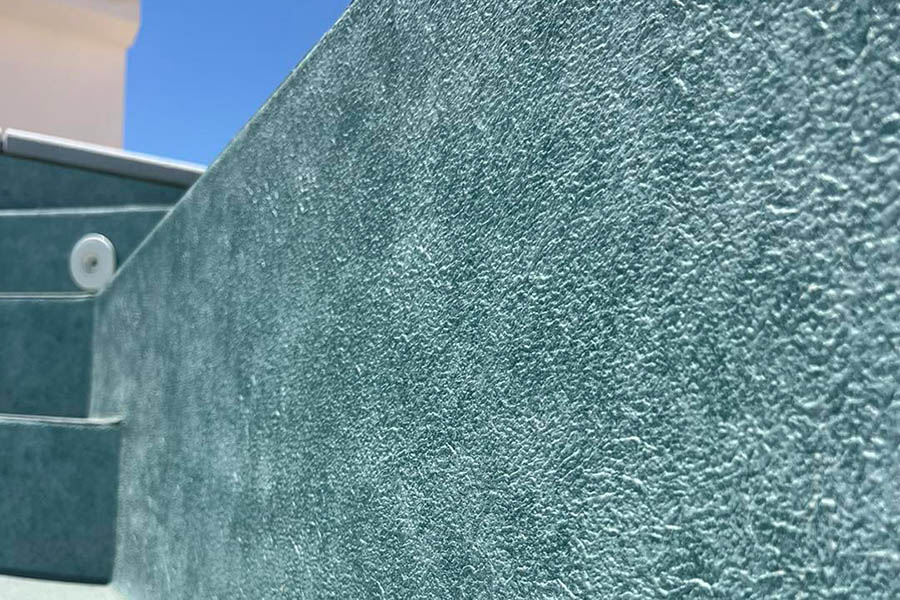
Textured pool liners have several advantages:
- Slip resistance
- Enhanced aesthetics
- Improved durability
- Conceals imperfections
- Comfort
- Better water circulation
- Customization
Overall, textured pool liners offer a blend of safety, aesthetics, and durability, making them a popular choice for pool owners!
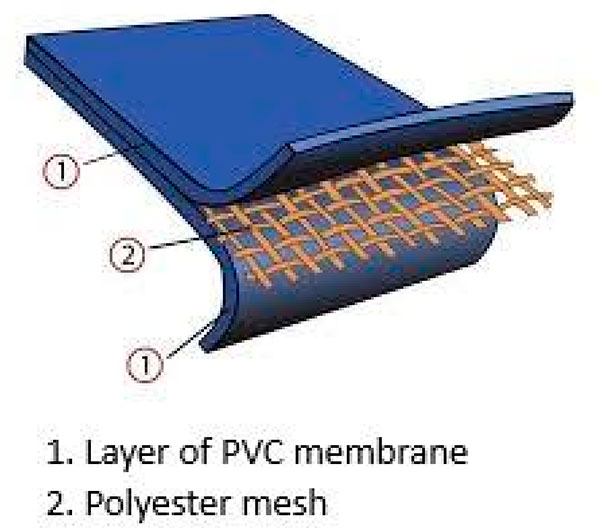
Membrane thickness
When it comes to pool liners, the thickness of the membrane is a crucial factor in determining durability, performance, and overall quality. A 60 mil pool membrane is a best choice among pool owners for several reasons.
Cefil pool liner is manufactured in thicknesses 60 mil. Mil is the unit of measurement for the thickness of swimming pool membranes. It is one thousandth of an inch. Thus, a 60 mil thick membrane is equal to 0.060 inches.
Durability at 60 mil thick, this membrane is robust and designed to withstand the rigors of pool use, including exposure to chemicals, UV rays, and varying temperatures. This thickness provides excellent resistance to punctures and tears, ensuring a longer lifespan compared to thinner options.
If choosing a pool liner on your own seems too complicated for you, you can always contact our Sakko Pool experts. You will receive a comprehensive free consultation on all questions.

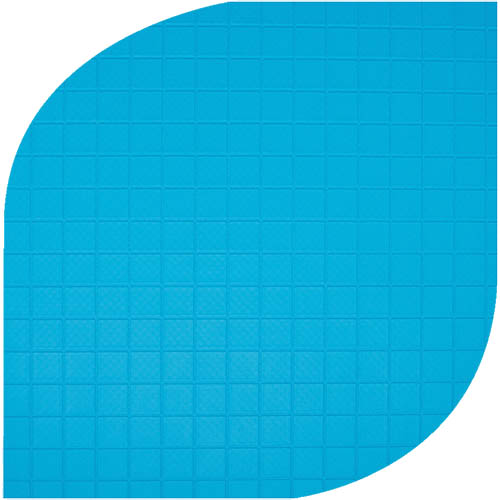
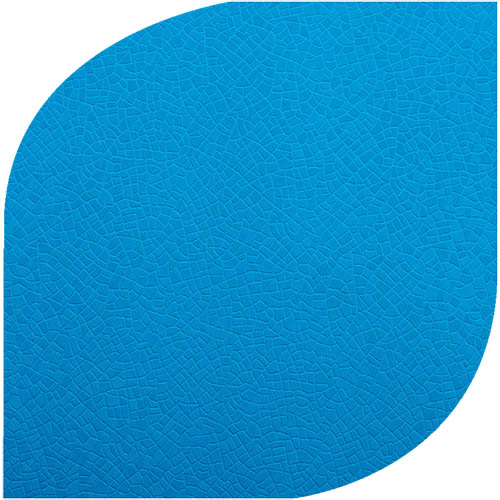
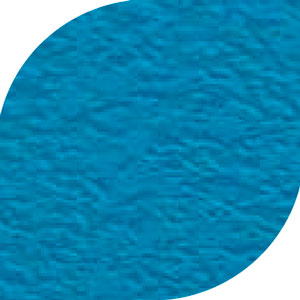
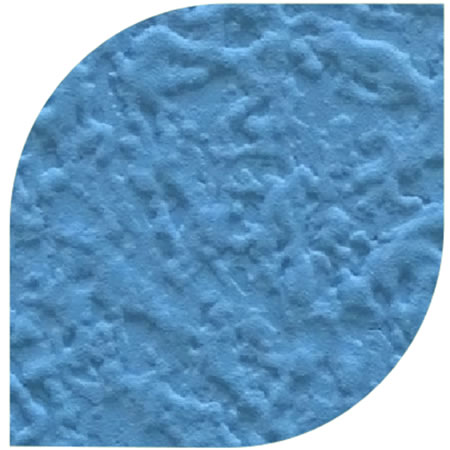

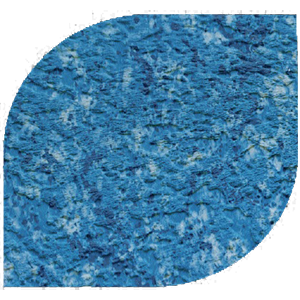
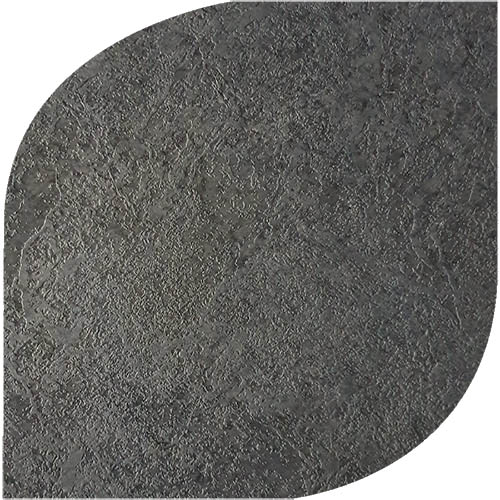
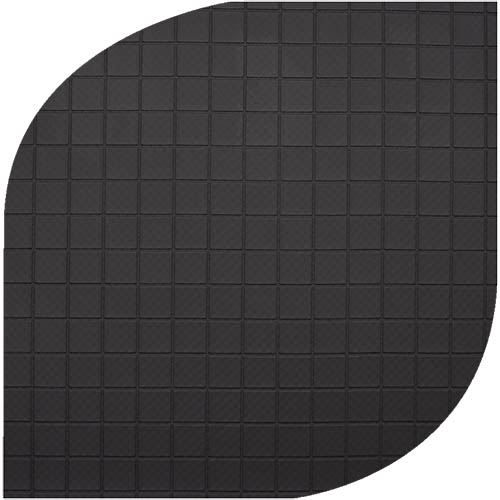
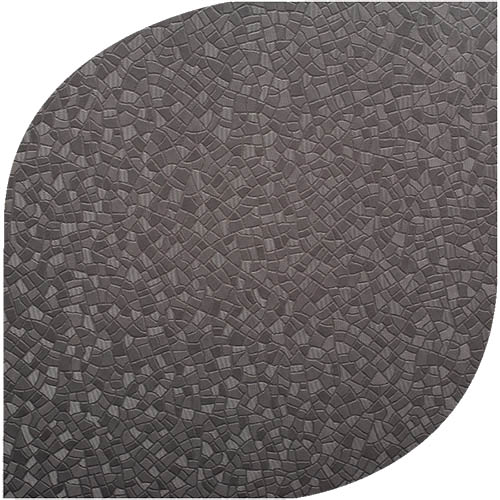
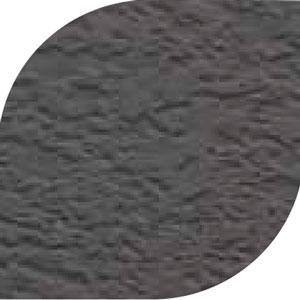
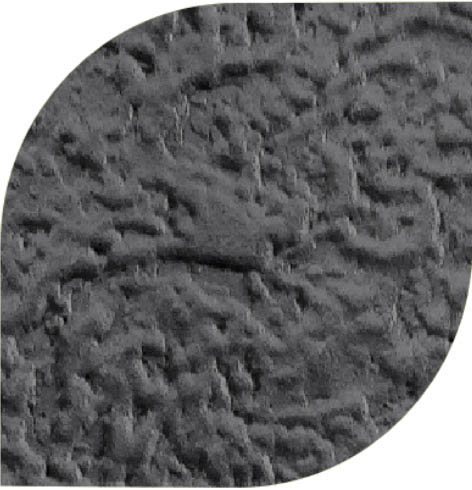
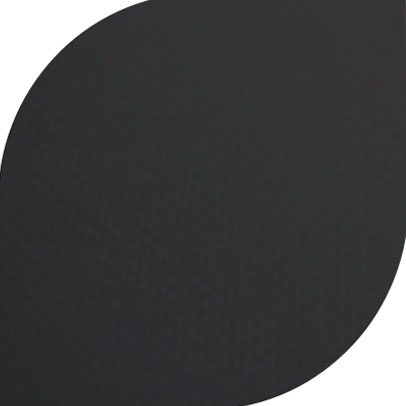
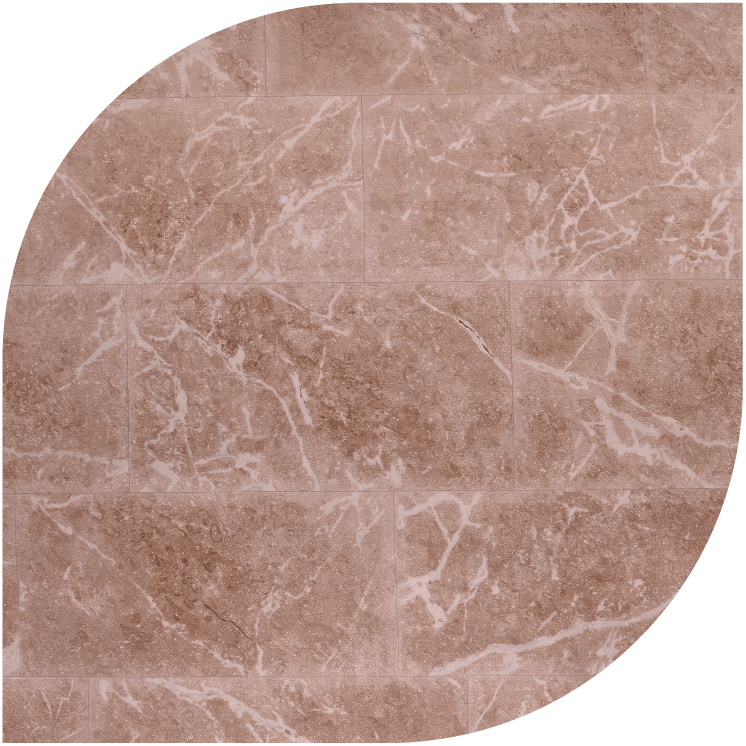
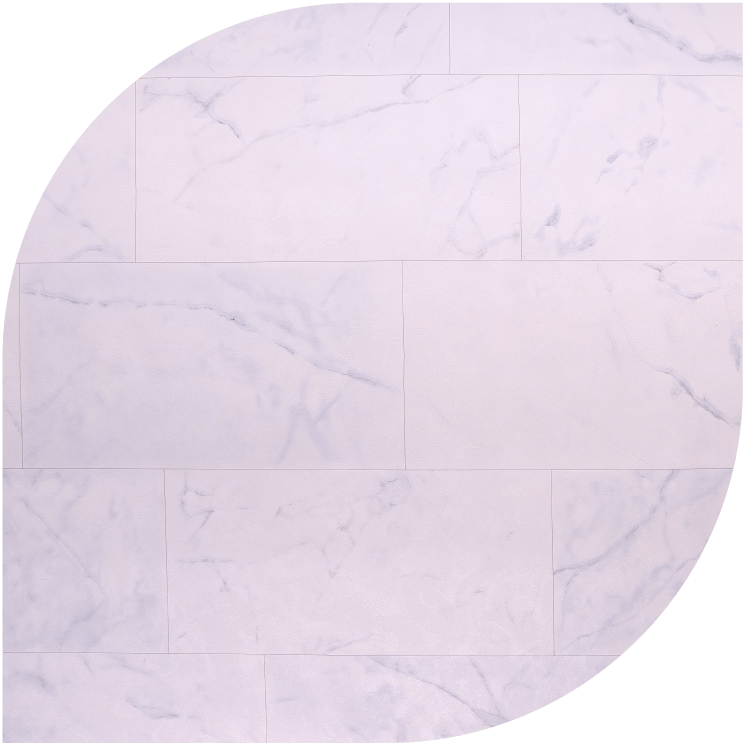
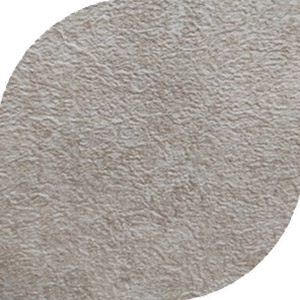

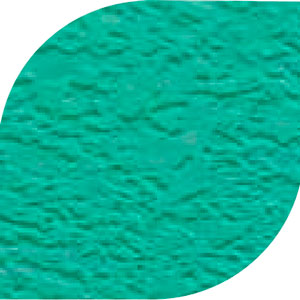

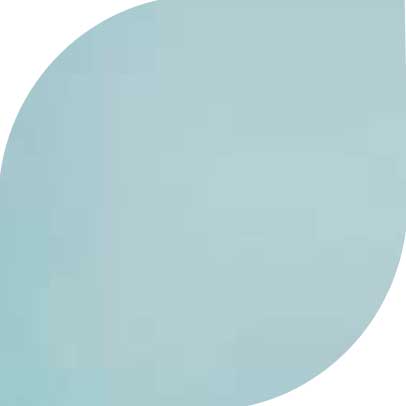
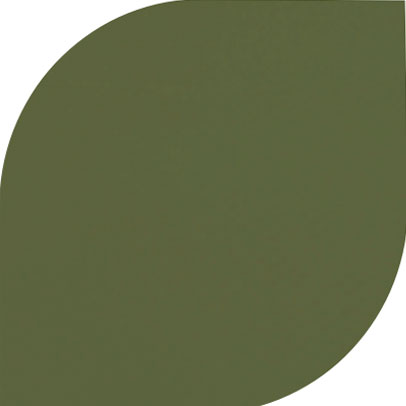
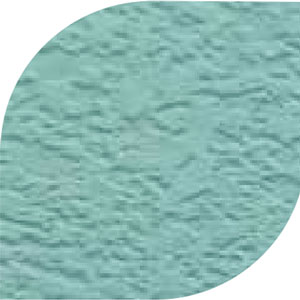
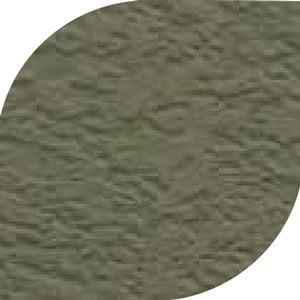
12 Comments
Hunter Maddox
Which liner color is best for Florida?
Konstantin Muraviov
Hi Hunter! Choosing a liner color is a matter of the homeowner’s taste. Blue shades ranging from light to dark are popular. It is believed that a dark shade promotes the heating of water in the bright sun. On its background is also not so noticeable debris that got into the pool water. Light tones will suit those who like bright colors. But debris and stains are more noticeable on a light-colored background.
Sawyer Ellington
What is the life expectancy of thin PVC liner and thick PVC liner?
Konstantin Muraviov
Hi Sawyer! A liner with a thickness of 20-30 mil is considered thin. It has a service life of 5–7 years with good care, after which it needs to be replaced. At the same time, it is easy to accidentally tear or puncture this liner. Therefore, the service life may be even shorter. A 60 mil thick reinforced liner can last 20+ years with good care.
Easton Crowley
Does the thickness of the liner affect the pool water temperature?
Konstantin Muraviov
Hi Easton! PVC liner has good thermal insulation properties due to the material from which it is made. The thicker the liner, the greater the distance from the water to the concrete base of the pool. The less the pool water will cool down. Therefore, the thicker the liner, the higher the energy savings.
Landon Mercer
Does the color of the liner affect the visual perception of the pool?
Konstantin Muraviov
Hello Landon! A light colored liner visually enlarges the pool, making it appear larger than it actually is. Therefore, a light colored PVC liner can be recommended for small backyard pools.
Cody Winslow
What destroys a PVC pool liner the most?
Konstantin Muraviov
Hi Cody! The greatest damage to the liner is caused by excessive chlorine concentration in the water. Over time, it leads to discoloration and loss of plasticity. Therefore, it is recommended to regularly check the chemical composition of the water and maintain its balance.
Jaxon Hurley
Does a pool liner tear easily?
Konstantin Muraviov
Hi Jaxon! A thin 20 mil PVC liner can be torn (punctured) relatively easily. A thick 60 mil reinforced liner is virtually impossible to tear and very difficult to puncture. Therefore, it can last up to 20+ years.